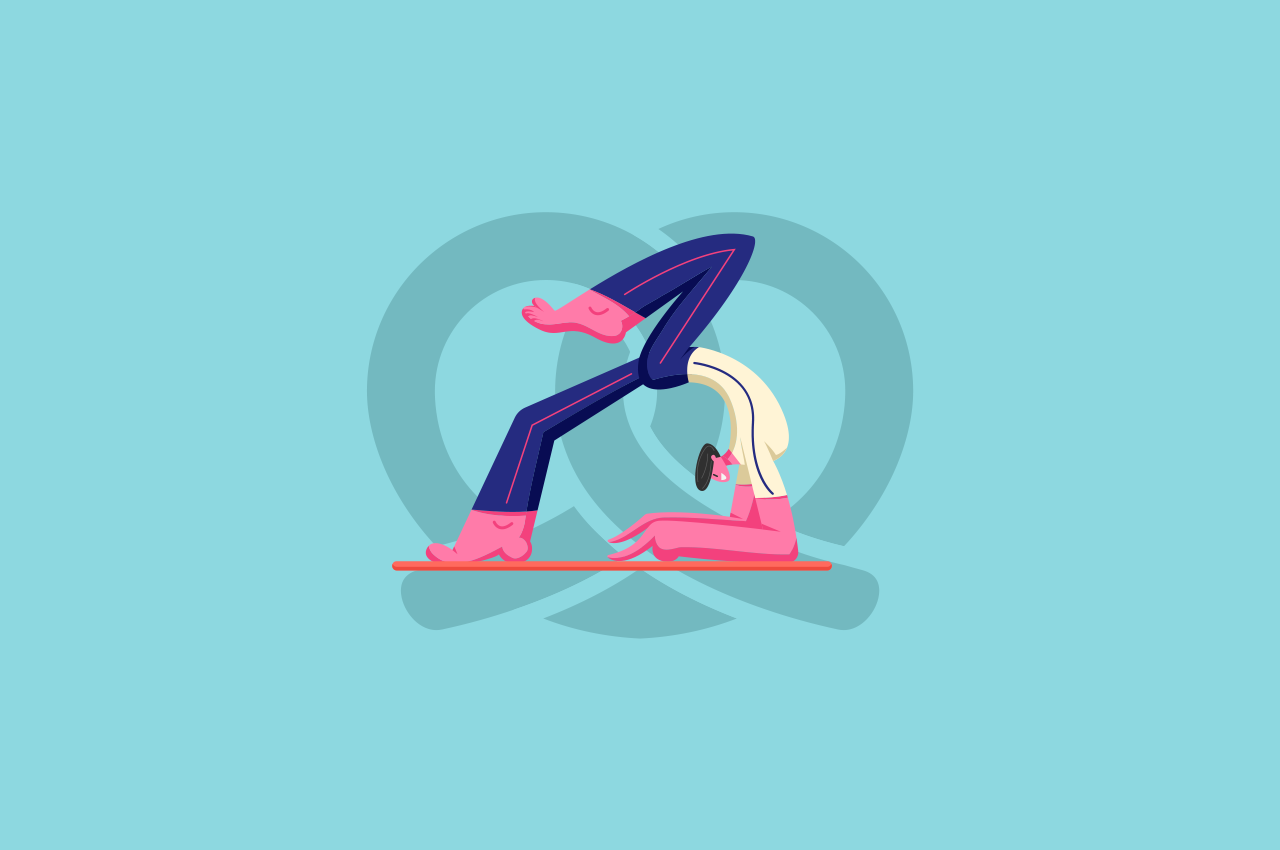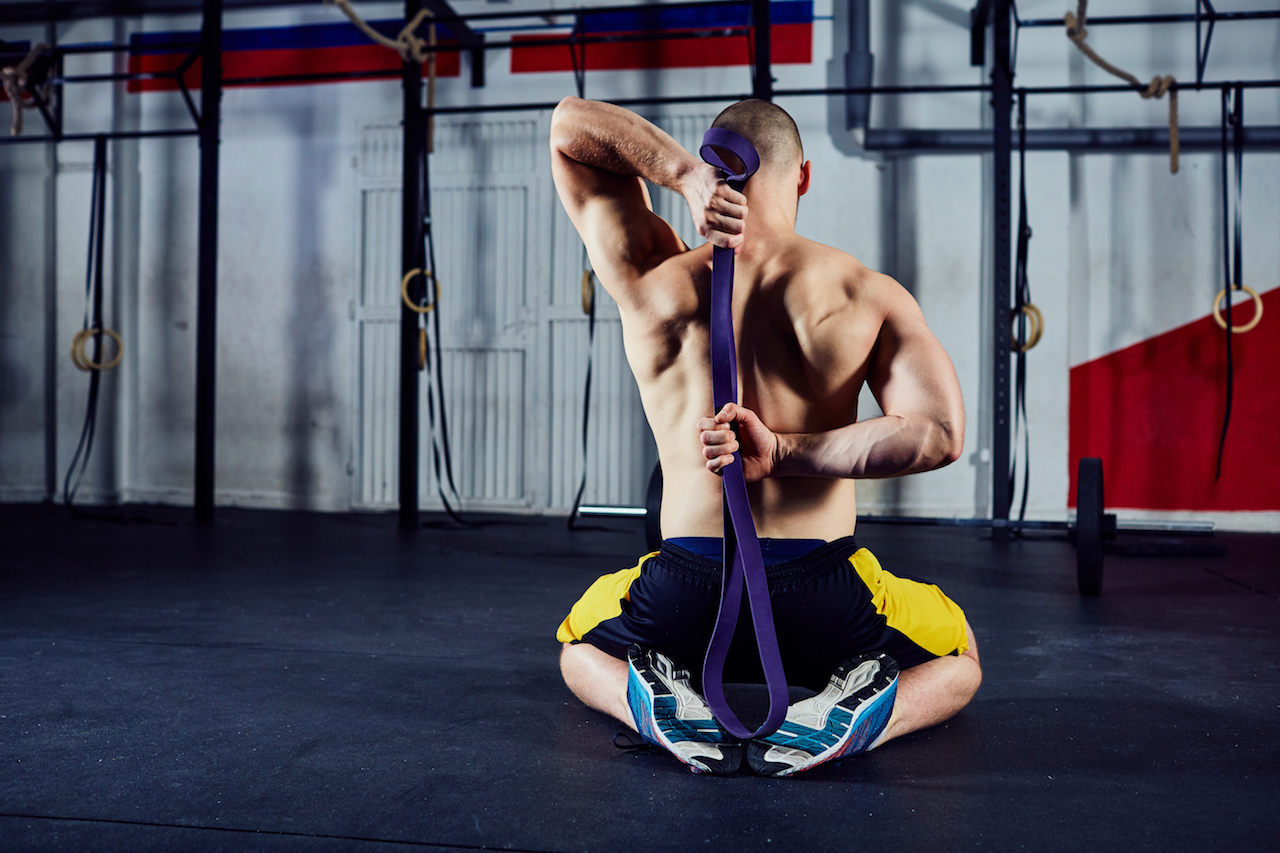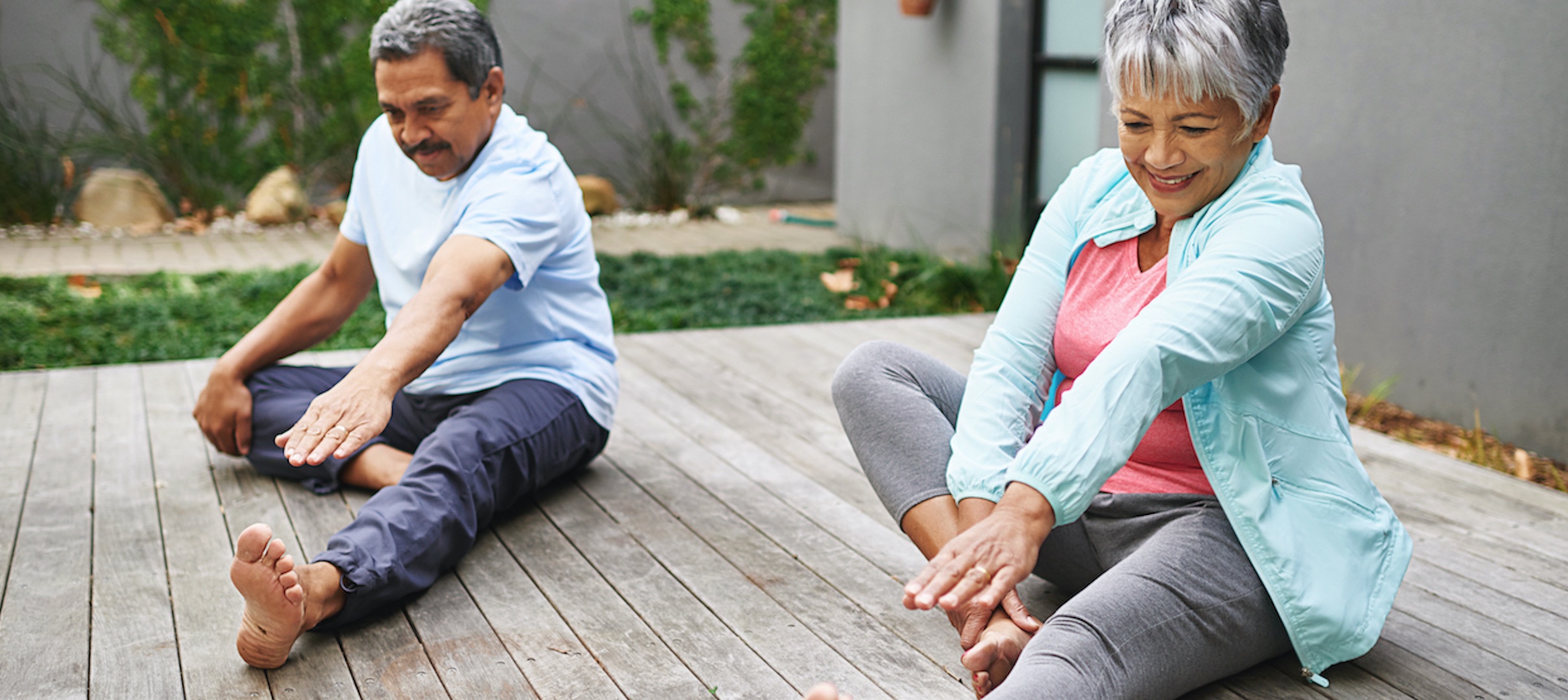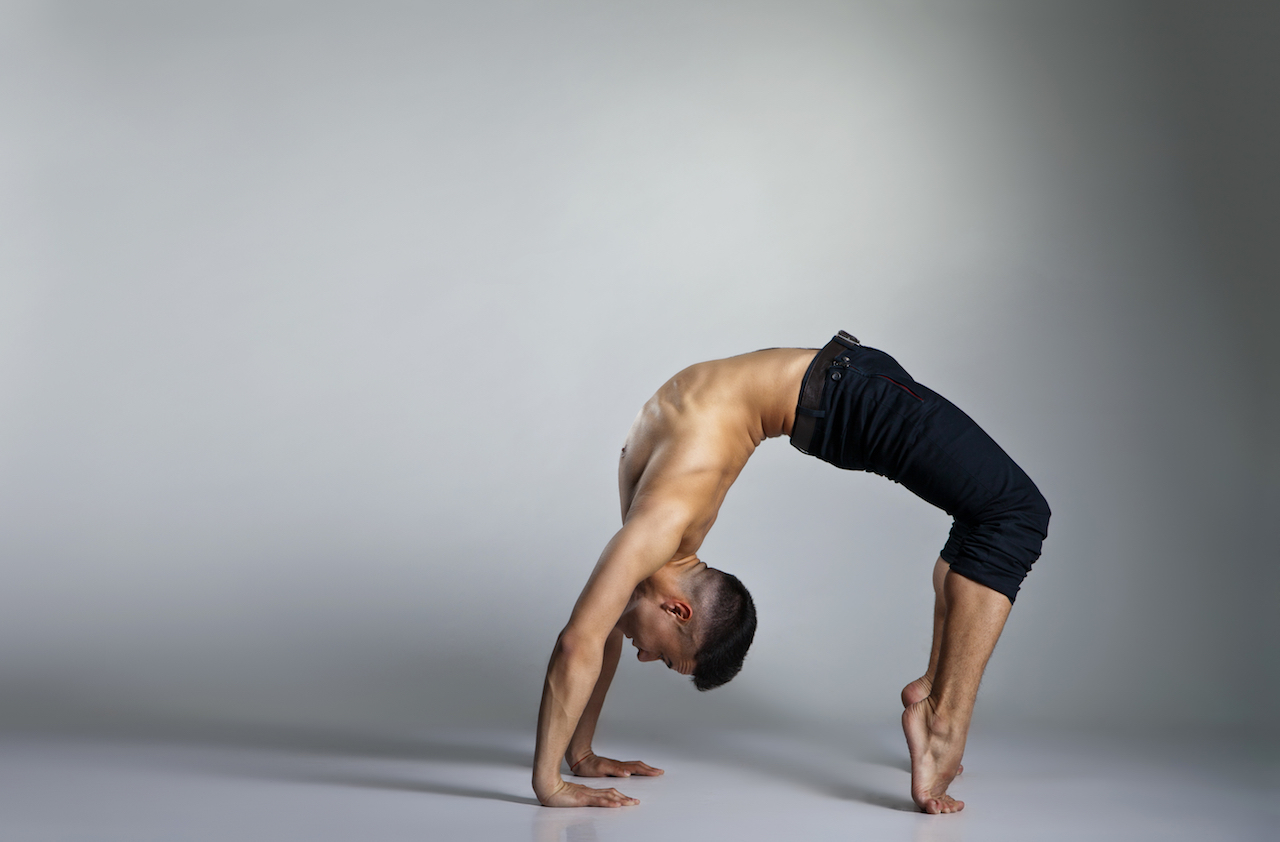Hear the word “flexible” and you probably picture someone reaching down and touching their toes with ease, pulling a leg over their head or bending into a deep squat.
Each joint and group of muscles in your body are likely to have different ranges of motion and different levels of extending itself.
Some people are hyper-flexible though, which means they can reach further, and bend more than the rest of us. This extreme kind of flexibility isn’t necessarily something to worry about. Joint hypermobility syndrome, however, does have a few risks.
What is joint hypermobility syndrome?
In this condition, the collagen in your body – that makes up connective tissues like ligaments – weakens. When it’s weak, your joints are loose and floppy, making you super flexible. People with joint hypermobility are so flexible that they can put their hands flat on the floor with their knees straight. They can even bend their thumb back to touch their forearms.
Although hypermobile people are extremely flexible, stretching your body to such extents can hurt and increase the risk of injury. For example, if you’re hypermobile, you’ll be able to contort your body into difficult yoga poses. This doesn’t mean that your body has the strength to keep the poses. When this happens, you place your weight onto your joints, pushing past the “normal range of motion” that your joints can handle.
This could damage your tissues and injure your joints.
Are you hypermobile or just flexible?
The only way you can be certain that you’re hypermobile is for a doctor to check your symptoms. The Beighton score is usually used to test this. It tests your mobility ability around your joints. Each joint (left and right) is one point for a total score out of nine. Nine particular joints are tested during the check-up.
How can you find a balance?
It’s important to find a balance between your muscle strength and your flexibility. The best way to do this is to strengthen the muscles surrounding your joints. This won’t make you less flexible, but will reduce the risk of injuries like muscle tears or strain on your joints.
To strengthen and build up your muscles, you’ll need to do weight training. It’s vital that you build the major muscles around weight-bearing joints such as your hips, shoulders, knees and back. Before starting any exercise involving your muscles and joints, talk to your physiotherapist who can advise the best workout options for you.
They are likely to recommend isometric exercises, where you need to contract the muscle around the joint, while you move the joint. Otherwise, you will push your joints to the extremes, but without the control of the muscles to protect your joint.
References:
- https://www.abc.net.au/news/health/2017-11-09/being-bendy-enough-to-touch-your-toes-isnt-always-a-good-thing/9125906
- https://www.topfitnessmag.com/finding-balance-flexibility-stability/
- https://www.verywellfit.com/flexibility-definition-and-examples-3496108
- https://www.nhs.uk/live-well/exercise/how-to-improve-strength-flexibility/
- https://www.doyouyoga.com/how-to-balance-strength-with-flexibility/
- https://www.medicinenet.com/hypermobility_syndrome/article.htm




